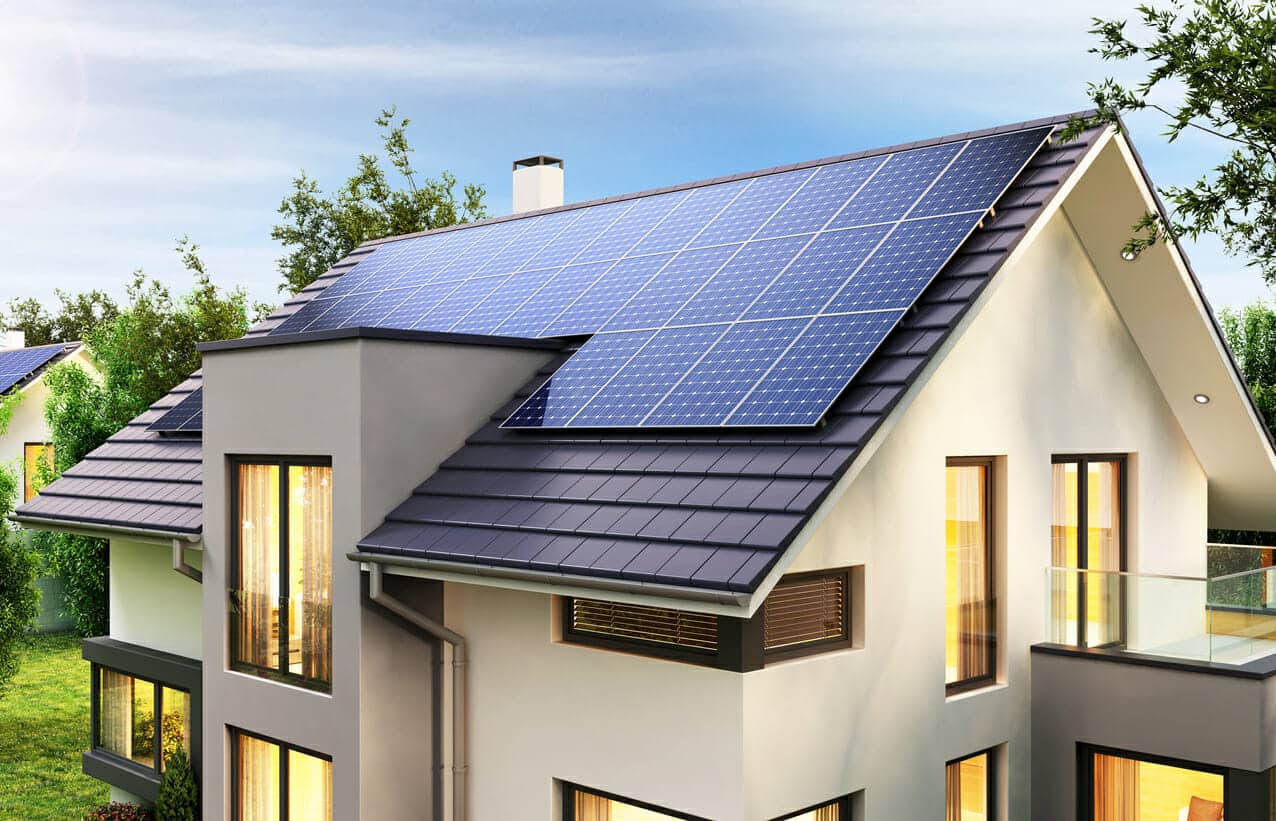How Can LEED Certification Improve Your Property Value?
Improve the value of your building by working with a LEED-accredited architect. LEED-certified buildings continue to grow in demand. That demand increases the value of buildings that do achieve LEED certification. LEED-accredited architects, like those at Think Architecture, can improve the chances of your building receiving LEED certification and being a sustainable and economical investment for years to come.
Before you build, learn what LEED certification can do for your building and how a LEED-accredited architect can help you reach critical LEED certification requirements.
What Does “LEED-certified” Mean?
The LEED definition is simply an acronym. It stands for Leadership in Energy and Environmental Design. It is an international rating system for a building’s sustainability and efficiency. The U.S. Green Building Council (USGBC.org) developed the LEED rating system, and it means more than simply going green. It includes an extensive list of criteria—each with its own score. A building’s score for each criterion is then tallied to create the overall rating.
The USGBC and the LEED rating system was first developed in 1993 and has undergone several updates to keep up with new developments in its nearly 30-year history.
Along with certifying buildings, the USGBC also provides LEED accreditation to individuals who master the LEED principles in planning, architecture, and construction. A LEED architect must prove they know the principles that buildings require to receive LEED accreditation. Along with bringing the knowledge to earn a better score for your building, working with LEED-accredited architecture firms automatically adds a point to your building’s rating.
What are Some LEED-Certification Building Requirements?
The criteria in the LEED rating include specifics about a building’s water and waste management, location, and environmentally friendly product usage. Some of the requirements are as follows:
- Efficient water usage
- Improved air quality inside the building
- Improved energy efficiency
- Innovative solutions
- Location
- Lowered emissions of greenhouse gasses
- Lowered maintenance and operational costs
- More recycled materials used
- Resource usage optimization
- Site sustainability
- Transportation options
A building’s score in each category will contribute to its overall LEED rating system score. Your building must score at least 40 points in total to achieve LEED certification.
What Are the Benefits of a LEED-Certified Building?
LEED certification brings value to your building in several ways. LEED buildings attract tenants and buyers. Some people like the savings they get by living or working in an energy-efficient building. Others like knowing their building was made from and/or uses sustainable, healthier materials. Still, others will take heart in knowing that a LEED certification signifies high-quality construction. Most will probably enjoy all aspects to some degree.
The good news for building owners is that all the increased demand leads to higher rents and improves the building’s resale value. As the building owner, you can reap the benefits of the increased demand for LEED-certified buildings by Investing in LEED certification from the start and following the LEED guidelines set out by the USGBC. Considering the value that LEED certification adds to your building, the investment just makes sense.
Get help by working with a LEED-accredited professional like Tyler Kirk, one of the Principal Architects at Think Architecture.
Why a LEED-Accredited Architect is Critical For Achieving Sustainable Design
Give your building the best chance to achieve LEED certification by working with a LEED-accredited architect. LEED-accredited architects must prove they understand LEED principles. This goes beyond just the building materials. The entire structure and layout of the building must incorporate efficient use of energy and environmental design that supports sustainable living. LEED-accredited architects study these principles and must pass both a LEED green associate (GA) exam and a LEED-accredited professional (AP) exam from Green Business Certification Inc. (GBCI).
When it comes to getting your building LEED-certified, LEED-accredited architects have an advantage over non-accredited architects. They already know what the USGBC will look for when considering the LEED certification of your building. They have to. Otherwise, they wouldn’t be LEED-accredited architects.
LEED-accredited architects can pilot your LEED project along, from building design and construction to post-operation guidance. Using a LEED-accredited architect, your building will even receive an extra point on the LEED rating.
If you want your building LEED certified, take advantage of the knowledge and expertise LEED-accredited architects have already proven they have.
LEED-Certification Levels
Not all LEED certifications are the same. The USGBC created LEED certification levels based on your building’s LEED rating score.
LEED certification for buildings comes in four (4) levels based on your LEED rating score:
- 40-49 points = LEED Certified
- 50-59 points = LEED Silver
- 60-79 points = LEED Gold
- 80 points or more = LEED Platinum
While the certification itself is the most crucial aspect of the LEED system, every level up you can achieve will further separate your building from the competition.
What To Consider When Hiring A Green Architecture Firm
LEED professional credentials, including those for architects, come in three levels based on areas of specialization and experience in green building. The three LEED professional credential levels are as follows:
- LEED Green Associate
- LEED Accredited Professional (LEED AP) with specialty
- LEED Fellow
LEED Green Associate
The LEED Green Associate level requires a current and documented understanding of modern green building practices. This is entry-level LEED certification.
LEED AP with Specialty
The LEED AP certification requires everything for a LEED Green Associate plus specialized work in a specific discipline. Some specialty LEED AP credentials include the following:
- LEED AP Building Design and Construction
- LEED AP Operations and Maintenance
- LEED AP Interior Design and Construction
- LEED AP Neighborhood
- LEED AP Home
Earning a LEED AP certification will require passing a LEED AP exam in your specific discipline.
LEED Fellow
The highest level of LEED certification, a LEED Fellow must have a LEED AP with a specialty credential and at least ten years of experience in professional green building. They must also be nominated for accreditation by their peers.
You can apply for LEED status on both new and old buildings. Getting your building LEED certified is a simple process.
- Complete and submit the form and the payment to register your project for consideration.
- Complete and submit an application and pay the application review fee.
- Wait while the GBCI reviews your LEED application.
- If you qualify, GBCI will send you your LEED certification.
While that’s all it may take, you’ll improve your building’s chances of earning certification by taking one step before the standard application process. Get help from LEED-accredited architects at think architecture to plan and build your LEED building.
Start Your Next Sustainable Building Project with Think Architecture!
Our LEED Accredited architects know how to get and implement everything you need for LEED certification during the design and build process and beyond. We can keep you on track through the whole process. We’ll use non-toxic, renewable materials to design your project for energy efficiency and even give you an extra point on your building’s LEED certification rating.
Put the LEED-accredited architects at Think Architecture to work on your building. We have the experience to complete your design and construction quickly and efficiently. We have industry contacts to ensure you get everything you need to keep your LEED certification on track.
Contact the experts at Think Architecture today and get started on your LEED-certified building.


